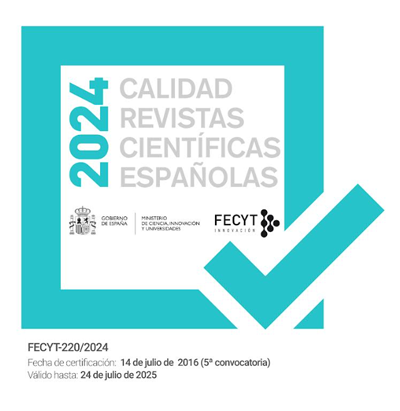Time and Truth in Thucydides
Palabras clave:
Thucydides, Augustine, Hippocrates, Historical Epistemology, Conception of TimeResumen
In the first chapters on the method and in the so called archaiologia, Thucydides uses a vocabulary similar to that of the Hippocratic writers, yet his concept of time is different. While the ancient physicians have a linear conception of time and use the signs and experiences of the past to predict the future, Thucydides has a circular conception of time; that is, he distances the present from the past and interprets the second on the basis of the first. For Thucydides, it is not the past that influences the present, but the present that allows us to build a story of the past. To explain this epistemological differ- ence between Thucydides and the Hippocratic physicians I use the theories of Paul Ricoeur, who, starting from Augustine’s reflection on the time, identified the nature of historical narrative as a manifestation of an internal temporal experience, defining the memory as “the present of the past”.Descargas
Métricas
Vistas del PDF
75
Descargas
Publicado
2017-05-07
Cómo citar
Marcaccini, C. (2017). Time and Truth in Thucydides. Araucaria, 19(37). Recuperado a partir de https://revistascientificas.us.es/index.php/araucaria/article/view/3492
Número
Sección
Monográfico I
Licencia
Las ediciones impresa y electrónica de esta Revista son editadas por el Secretariado de Publicaciones de la Universidad de Sevilla, siendo necesario citar la procedencia en cualquier reproducción parcial o total.Salvo indicación contraria, todos los contenidos de la edición electrónica se distribuyen bajo una licencia de uso y distribución “Creative Commons Atribución-NoComercial-SinDerivar 4.0 Internacional”
Visualizaciones
- Resumen 611
- PDF 75




